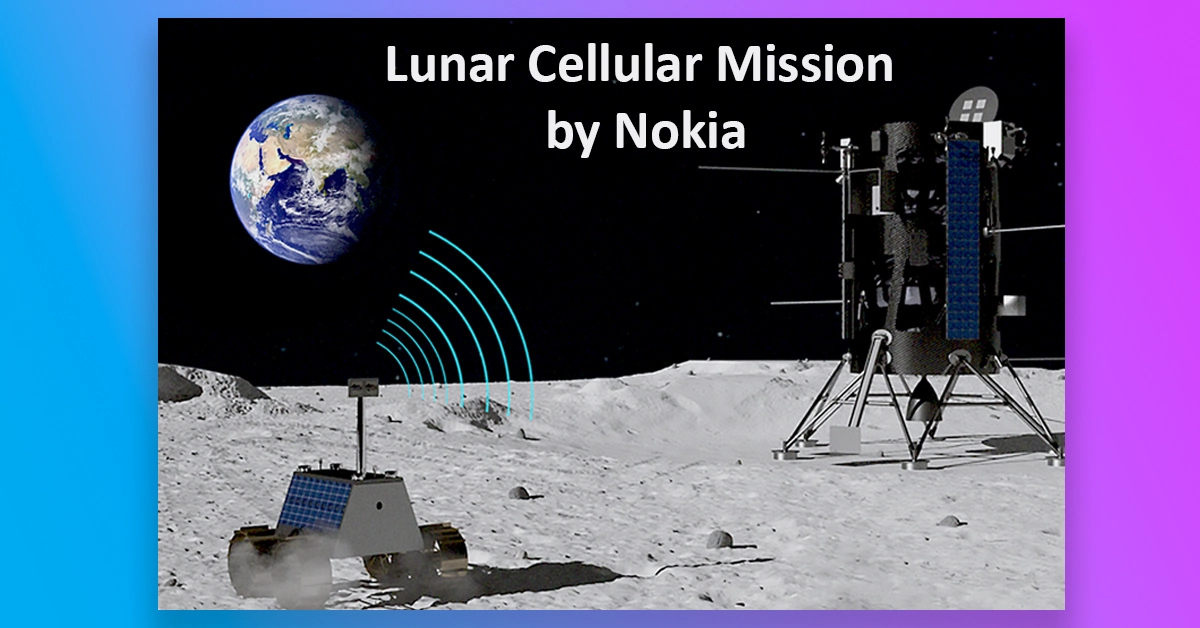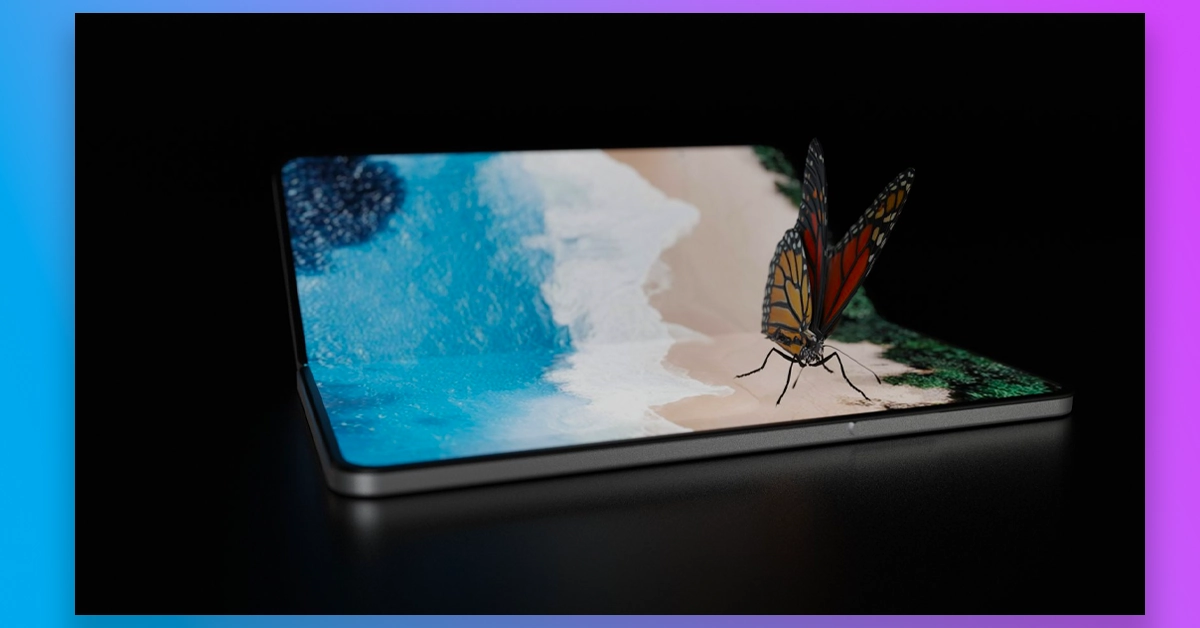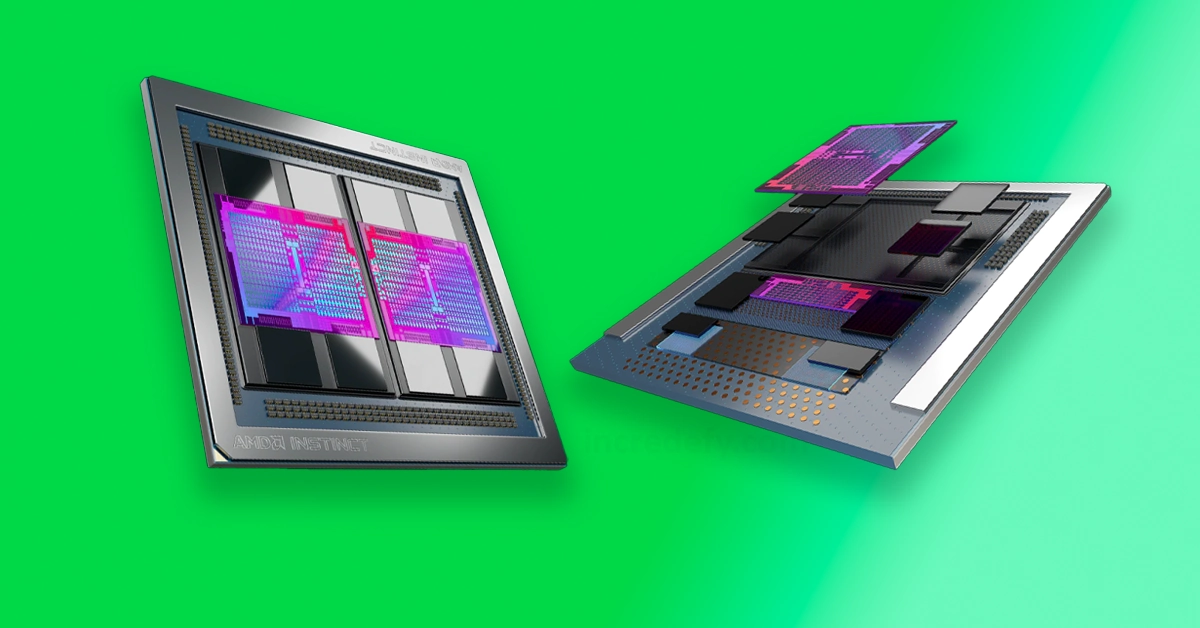
Why is Nokia Building Cellular Network on the Moon?
Snehil
- 0
The idea of having a cellular network on the moon may seem like a far-fetched sci-fi concept, but it’s becoming a reality thanks to Nokia’s pioneering innovations. NASA has selected Nokia as a partner to advance “Tipping Point” technologies and build the first extraterrestrial cellular network on the lunar surface. This achievement is a major milestone for space exploration, as it will pave the way towards a sustainable human presence on the moon by the end of the decade.
While cellular networks are not available everywhere on earth, do we need communication from the moon in the first place? In this article, we will explore the significance of having a communication network on the moon and its potential impact on future space missions. The uncrewed, robotic mission is scheduled for 2023 and aims to demonstrate how superior cell technology may be used for important communications in destined planetary exploration.
Table of Contents
The Lunar Cellular Network:
The LTE/4G network that Nokia is developing is unlike any cellular network on Earth. While it uses some of the same commercial-off-the-shelf components as commercial LTE networks across the globe, it has been optimized for operations in space. Nokia Bell Labs has carefully engineered its network elements to withstand the harsh conditions on the Moon’s surface and the extreme dynamic stresses of spaceflight. The network will deploy, configure, and operate itself autonomously, and it will be remotely monitored and controlled from Intuitive Machines’ mission control on Earth.
The Mission:
Nokia’s LTE/4G network will be integrated into an Intuitive Machines Nova-C lander and a Lunar Outpost MAPP rover, if you want to contact down close to the Shackleton Connecting Ridge on the lunar south pole. Once at the lunar surface, the LTE community will offer the crucial wi-fi conversation hyperlink among the lander and the rover. This connection will allow mission operators to pilot and command the rover remotely, while streaming real-time video and important telemetry records again to Mission Control on Earth through a direct-to-earth hyperlink from the Nova-C lander. Upon successful completion, the mission will show that cellular technologies can meet the critical communications needs for future space missions.
Implications and Benefits of the Lunar Cellular Network:
Nokia’s LTE/4G network promises to revolutionize lunar surface communications by delivering reliable, high data rates while containing power, size, and cost. This technology will be crucial for NASA’s Artemis program, which aims to establish a sustainable presence on the Moon by the end of the decade. The community will offer vital verbal exchange competencies for lots one-of-a-kind information transmission applications, such as essential command and manage functions, far off manage of lunar rovers, real-time navigation, and streaming of excessive definition video. These communication applications are all vital to long-term human presence on the lunar surface.

The Future of Space Communications:
Nokia’s lunar network consists of an LTE Base Station with integrated Evolved Packet Core (EPC) functionalities, LTE User Equipment, RF antennas, and high-reliability operations and maintenance (O&M) control software. The solution has been specially designed to withstand the harsh conditions of the launch and lunar landing and to operate in the extreme conditions of space. The same LTE technologies that have met the world’s mobile data and voice needs for the last decade are well-suited to provide mission-critical and state-of-the-art connectivity and communications capabilities for any future space expedition. Nokia plans to supply commercial LTE products and provide technology to expand the commercialization of LTE, and to pursue space applications of LTE’s successor technology, 5G.
Final Thoughts:
Nokia’s partnership with NASA to build the first ever cellular network on the Moon represents a significant milestone in space exploration. The lunar network promises to revolutionize communications in space and will play a crucial role in future planetary exploration. By building this groundbreaking LTE/4G network, Nokia Bell Labs is once again pushing the boundaries of technology and innovation beyond conventional limits.
Nokia’s contribution to the project highlights the potential of commercial-off-the-shelf technology, optimized and modified for extreme environments, to be utilized for future space missions. As we continue to push the boundaries of space exploration, reliable communication networks will be essential for the safety and success of these endeavors. Nokia’s innovation and partnership with NASA demonstrates the importance of investing in advanced communication technologies that can be applied both on and off the Earth.
Kindly check out my other blog on iSim: The next big iteration in SIM Technology.


